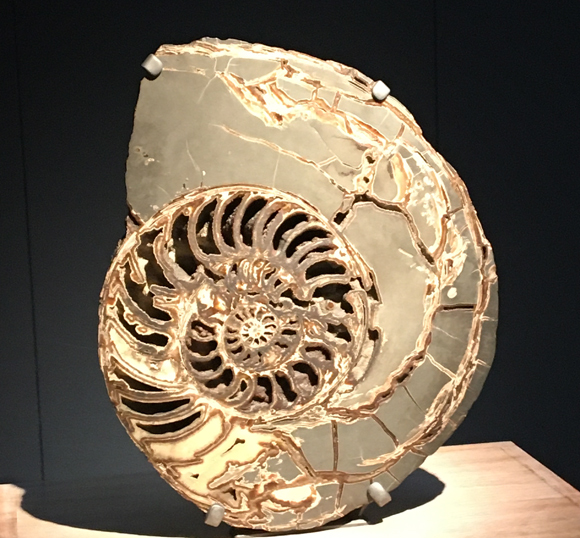Everything Dinosaur to the Rescue
Everything Dinosaur to the Rescue Helping a Teacher who had been Let Down
Today, we were telephoned by a teacher based in Oxfordshire who had a bit of a problem. She had booked a dinosaur workshop (not us) and they had let her down at the last minute, so she was trying to ring round and find another company to step into the breach at short notice. Unfortunately, all our dinosaur and fossil experts were already booked for the day in question (we tend to get booked up months in advance), but not too worry we set about sorting resources and providing some useful contacts from our vast database of fossil experts and outreach specialists.
Everything Dinosaur
Within twenty minutes of the phone call, we had emailed over information on who to talk to with regards to a dinosaur themed presentation. In addition, the first of our teaching materials all about Mary Anning, ammonites and sharks teeth were emailed across. By 9pm that evening the teacher had received several ideas for her teaching work, including example lesson plans and other helpful items. We even sent over fact sheets and drawing materials to support her scheme of work that involved learning about what fossils tell us about life in the past.
The Children Will be Learning About Ammonites
Picture credit: Everything Dinosaur
Providing Assistance and Support
We explained that the Everything Dinosaur teaching blog has lots of articles on dinosaur teaching in schools, lesson plan suggestions, features on Mary Anning, learning through creative play and so on. This would also prove to be a valuable and inspirational resource. In addition to the fossil fact sheets and drawing materials we provided a helpful pronunciation guide:
- Ammonite (Am-mon-night)
- Belemnite (Bel-em-night)
- Megalodon shark (Meg-ah-low-don)
After purchasing some useful teaching resources, from the Everything Dinosaur website, Everything Dinosaur something like thirty items of around £18.00 including VAT and first class postage, we emailed over the “she sells sea shells tongue twister” to support teaching about the famous fossil hunter Mary Anning and a helpful pdf document to help the teaching team identify dinosaurs.
What is a Dinosaur? Dinosaurs Defined
Picture credit: Everything Dinosaur
The grateful teacher emailed to say:
“I have just received all your emails, they look great, these are very useful documents. You have been so helpful.”
Everything Dinosaur is a small team of very dedicated people, if you like our service and the support we provide fellow teachers, perhaps if you are on a teaching forum or network, you could post up our website address: Everything Dinosaur





